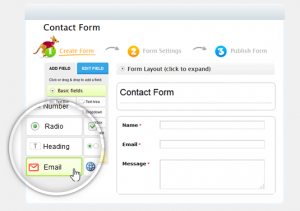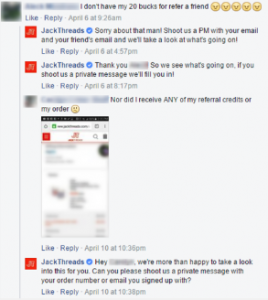Evaluating the performance and identifying development needs for the senior leaders in an organization can be a challenge. In the case of senior executives, corporate board evaluations are often ineffective because they fail to identify key performance indicators or even what the executive’s core responsibilities are. Without a clear assessment process in place, board members are forced to rely upon their own experience and opinion, which opens the door to bias and could lead them to overlook potential areas of need that could help improve the leader’s performance in the future.
The most successful leaders continue to develop new skills and expertise throughout their careers. Even when they are promoted into senior leadership positions, they should continue to be on the lookout for ways to improve their skills and stay ahead of leading industry trends. Unfortunately, despite recognizing the importance of leadership assessment and development, only 13 percent of companies rate their ability to develop leaders at all levels as “excellent.” Over time, failing to invest in quality development programs can have negative impacts throughout the organization.
Establish A Success Profile
Any effective leadership assessment process for senior leaders must begin with a clearly defined competency model, or profile of success. This profile lays out the skills, behaviors, and experiences that are vital to success in a senior leadership role. Having a robust competency model in place also makes it easier to guide senior leader development.
Measure What Matters
Performance obviously matters when it comes to assessing senior leaders, but generating measurable business results is only one of their job responsibilities. Leaders are also judged on how well they provide support and direction for their teams. If a senior leader consistently meets their goals but does not address problem performers, they’re not effectively promoting accountability. Similarly, if they consistently get results but lead their teams in an authoritarian style that results in excessive turnover, the cost of replacing those team members could eventually undermine the team’s performance. An effective assessment process not only looks at whether or not a senior leader is meeting objectives, but also how they go about meeting them. This helps to ensure that leaders are succeeding in ways that align with the organization’s values and culture.
Gather Feedback
One of the most important aspects of a senior leader assessment is gathering feedback. Evaluating performance is often a rather straightforward exercise, but it usually doesn’t provide a comprehensive picture of whether or not someone is an effective leader. Gathering feedback from peers and direct reports can create a more accurate picture of how well leaders utilize soft skills, drive engagement, and inspire their teams.
While most organizations understand the importance of evaluating leaders from multiple perspectives, they often struggle to collect the right kind of feedback. Simply administering feedback surveys is not guaranteed to generate meaningful data if they’re not designed properly. There are a few general guidelines organizations should follow when gathering feedback:
Avoid Ambiguity
Feedback questions should always be specific and actionable. They need to focus on things a leader is or is not doing. For instance, asking subjective questions about what a leader thinks or what motivates them is bound to produce a range of answers based more upon perception than anything else. By contrast, focusing on more tangible questions like whether or not a leader provides the resources to complete a task or clearly defines expectations will generate more actionable data that people can use to improve their senior leadership skills.
Keep Questions Simple
Every question on a feedback survey has a specific function. Asking more than one question at a time results in ambiguity and introduces noise into the data. For example, if a single question asks whether a leader sets expectations and then also asks whether they follow up afterward, it may not be clear which part of the question the answer applies to. That’s why every question should have only one variable to measure, allowing leaders to see where they need to work on improving their skills.
Make It Focused
A feedback survey with 100 questions could provide a wealth of information about a senior leader. In reality, however, it probably won’t because only a few people will take the time to complete it. While assessment feedback is important for any organization, it almost always takes a back seat to regular work responsibilities. If the survey is too long or doesn’t give employees enough time to respond, people are less likely to complete it, which means that any data gathered will be less representative. Good assessment surveys typically range between 25 and 40 questions.
Limit the Scope
Since survey length is a factor, organizations have to make a decision about whether they want to focus on a broad range of topics or hone in on a specific area or two. The latter approach generally yields more actionable results because it gathers more detailed data around a core competency. For instance, asking a series of questions to assess a senior leader’s ability to resolve conflict can provide a number of things for them to work on and develop whereas asking a broad series of leadership questions might reveal that there are some problems with interpersonal skills or building trust without identifying specific behaviors or habits to focus on improving.
Designing high-quality assessments for senior leaders is important not only for evaluating performance but also for ongoing development. Assessment strategies should be implemented throughout an organization as a way of building a healthy leadership succession pipeline for high-potential leaders, but the need for development doesn’t stop when employees reach senior levels of an organization. With the right assessment strategies in place, these leaders can continue to build their skills and adapt to changing circumstances to become more agile.
Business & Finance Articles on Business 2 Community
(33)







